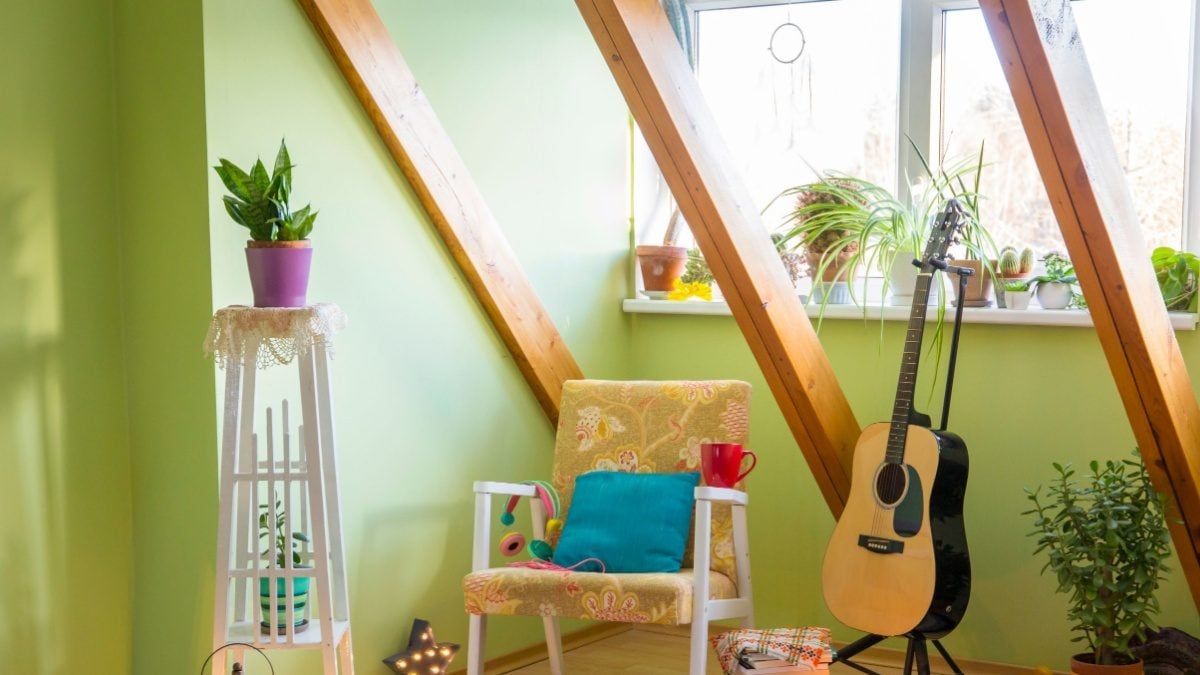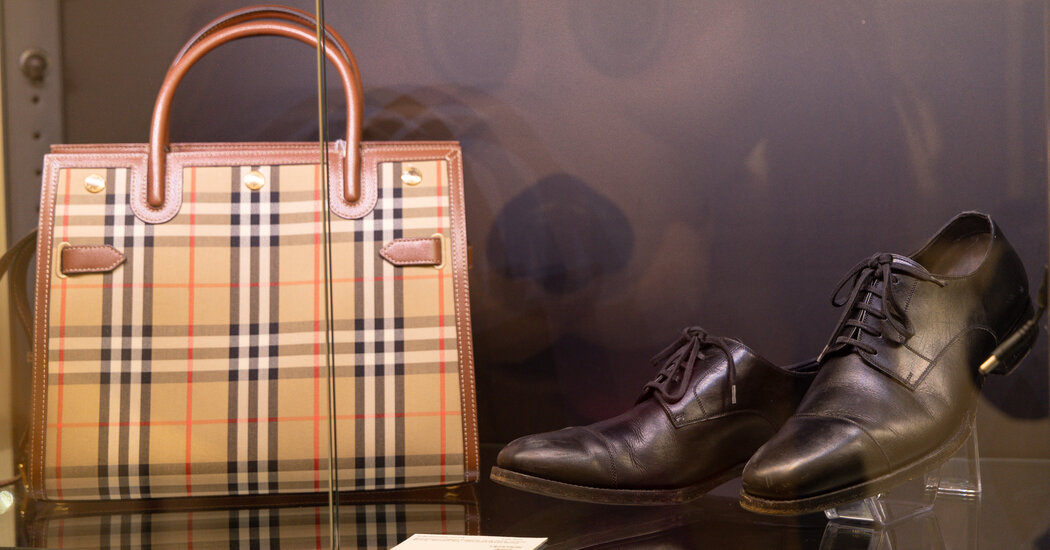This shift towards maximalism is driven by a growing desire to create homes that evoke strong emotions and tell personal stories.
Maximalism, with its boldness and depth, offers a refreshing change from the understated elegance of minimalism.
As interior design trends change, maximalism is making a triumphant return, marking a stark contrast to the minimalist aesthetic that has dominated the design world for years. This vibrant and expressive style is characterized by the use of bold colors, intricate patterns, and a mix of textures, moving away from the simplicity and restraint of minimalism. Instead, maximalism embraces a rich and eclectic mix of design elements, creating spaces that are deeply personal and evocative.
Mehul Agarwal, Director and CEO of Dorby, highlights the essence of maximalism, saying, “Maximalism is a bold expression, a design philosophy that supports vibrant colors, intricate patterns and a rich combination of textures. As more people look for their spaces to reflect their personalities, there has been a noticeable shift from the minimalist approach, which often emphasizes simplicity and restraint. Today’s modern homeowners are looking to create a sense of controlled chaos with contrasting elements that blend harmoniously.”
This shift towards maximalism is driven by a growing desire to create homes that evoke strong emotions and tell personal stories. It allows for the layering of different design elements, resulting in spaces that feel lived-in and uniquely reflect the people who inhabit them. “The beauty of maximalism lies in its ability to layer different elements to design a room that tells a personal story, with each layer adding depth, making the space feel lived-in and personalized,” adds Agarwal. This approach invites experimentation with bold patterns and blocks of color, which breathe life into living spaces and offer a canvas for self-expression.
Apart from the visual impact, maximalism also offers tactile experiences, especially with the advent of experience centres that allow homeowners to interact with various textures and materials. For example, textured or patterned panels can create a dramatic backdrop, while boldly coloured panels can make a striking statement on walls. “By incorporating these elements, maximalist interiors allow homeowners to express their individuality, turning their living spaces into personal galleries that reflect their tastes, experiences and lifestyle,” emphasises Agarwal.
The resurgence of maximalism is not just a passing trend, but a return to an aesthetic that has deep roots in history. As Shubham Taylia, CEO of Echon, points out, “Maximalism is one of those trends that were seen in palaces in years gone by and is a quintessentially Indian expression. It is interesting to see how designers are now incorporating these vibrant colours and intricate patterns into modern homes.”
For maximalism to truly shine, the use of high-quality materials is essential. Taylia suggests that premium PVC panels are a great choice for creating stunning wall panels that showcase intricate designs and vivid hues. Not only do these panels elevate the aesthetic appeal of any space, but they also offer durability and versatility, making them ideal for both residential and commercial applications. “As consumers increasingly seek out unique and bespoke spaces, the demand for innovative building materials that support maximalist design will continue to grow,” explains Taylia.
This growing trend presents a significant opportunity for manufacturers to push boundaries and redefine their product lines. By embracing maximalism, they can engage with a market that values self-expression and creativity, shaping a future where design is as diverse and dynamic as the people who inhabit these spaces.
Maximalism, with its boldness and depth, offers a refreshing departure from the restrained elegance of minimalism. It is a celebration of individuality, a testament to the idea that more can, in fact, be more. As modern homeowners continue to look for ways to make their spaces truly their own, maximalism offers the perfect avenue to create interiors that are not just rooms, but reflections of personal journeys and experiences.












